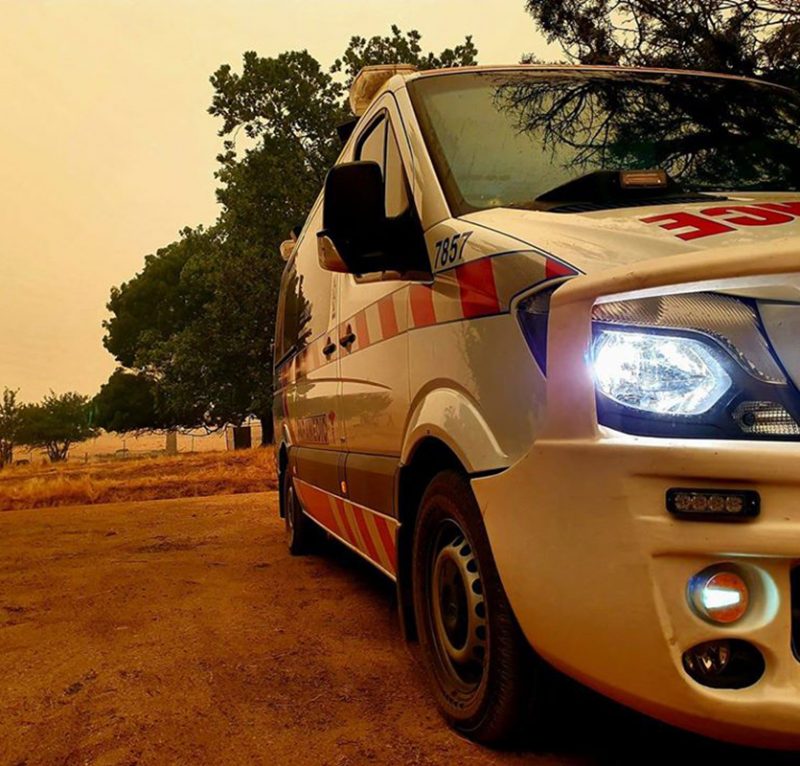Take care in the smoke
January 7, 2020in Community News, Media Releases, Public Safety
Paramedics are urging people to take care with much of the state blanketed in smoke from bushfires.
Acting Director of Emergency Management Justin Dunlop said paramedics have seen a big increase in Triple Zero (000) calls to people with breathing problems.
‘Yesterday we saw a 51 per cent increase in the number of people reporting breathing problems, and we think that’s largely due to smoke,’ Mr Dunlop said.
‘Breathing problems calls increased from an average of 187 per day to 282 yesterday, with a spike in the evening.
‘Most of that increase was in Melbourne where there’s a bigger population. Many of those we were called to were taken to hospital.
Children and people with pre-existing health conditions are at greatest risk.
‘The children, the elderly, people with asthma, emphysema and heart disease are at a greater risk of being affected by smoke,’ Mr Dunlop said.
‘If you have asthma or a lung condition and you develop symptoms such as shortness of breath, coughing or wheezing please follow your asthma action plan.
‘If you are showing signs of a serious smoke inhalation injury you should be assessed immediately by a medical professional such as a paramedic or a GP,’ Mr Dunlop said.
‘Anyone with less urgent concerns about their health should seek medical advice or call NURSE-ON-CALL on 1300 60 60 24.
‘Symptoms can include itchy eyes, sore throat and runny nose through to shortness of breath, coughing, vomiting, nausea, and confusion.’
People should guard against exposure to smoke by taking some simple precautions:
- Stay inside your house if possible; close all windows and doors
- If you use an air conditioner switch it to “recycle” or “recirculate”
- Avoid exercise.
- Ordinary paper dust masks and handkerchiefs won’t filter out fine particles from bushfire smoke – use a special ‘P2/N95’ filter mask, which you can get at a hardware store but be sure they fit properly and you have no medical issues that would prevent use.
Information on how to properly fit P2 masks is available here.
Information on air quality can be found on EPA’s AirWatch site here.

